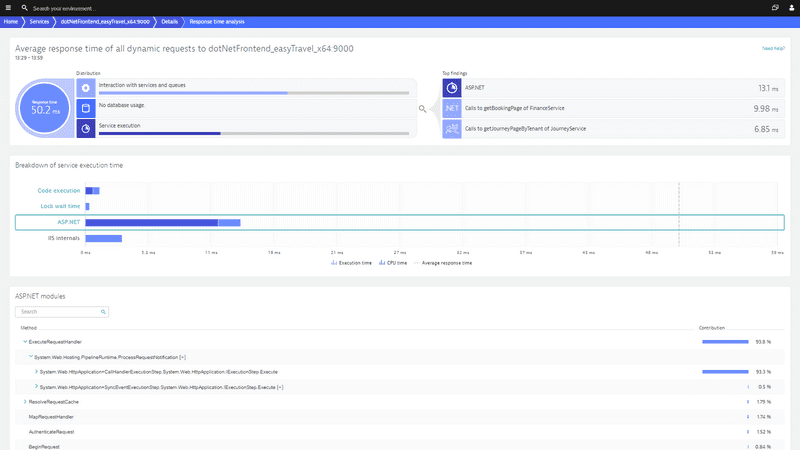
One example is CAD-generated floorplans that map out your wireless signal strength because they come with numerical values that factor in the density of walls, doors, and windows and how these affect your wireless throughput. (Editors' Note: Ekahau is owned by Ziff Davis, PCMag's parent company.) That means it has several capabilities you won't find in the tools we've reviewed as part of this roundup because they simply don't need them. That's because Ekahau is a specialist it's purpose-built for a very specific mission, namely wireless network configuration at scale. Taking that product as an example, while it has some overlapping features with the tools we've reviewed here, like traffic analysis, it's also lacking some, such as a web-based interface or remote control. Generally, these include security monitors and scanners as well as wireless network analyzers, like Ekahau Pro.
#.net monitor software
The disadvantage is that the agent application will need to be installed on each individual device you're monitoring and that can get sticky even with automation. For one thing, it can cause problems if devices don't support the operating systems that the agent software wants for installation.Ī third type of tool, which we didn't include in this roundup, is the specialist category. Agents, or monitoring programs that live on each individual device, will run and report back on important telemetry. The advantage of this method is that you can typically get more in-depth data than using an agentless system, since the agents will generally have a greater level of hardware access. The other method is an agent-based system. These tend to deliver a large part of the solution in a software-as-a-service (SaaS) model, which just means you'll be accessing the software via the web (though this may bring security considerations to the fore depending on the business). This analyzer will also need all the access credentials for each of the systems and services that you want to monitor. This approach has advantages in that it doesn’t need to be installed on each individual device, and it can automatically discover and categorize the devices on your network with minimal effort on your part. The drawback is that you typically need a dedicated system with enough horsepower to run the software and its supporting database and if you have more than one office, you'll probably need such a muscled machine in every one of them. There are two major categories of monitoring tool. The first is what's called an agentless platform. This is typically installed on premises, meaning on a server or workstation that's physically attached to your network. (Opens in a new window) What Is a Network Monitoring Tool?

#.net monitor how to

#.net monitor Pc


 0 kommentar(er)
0 kommentar(er)
